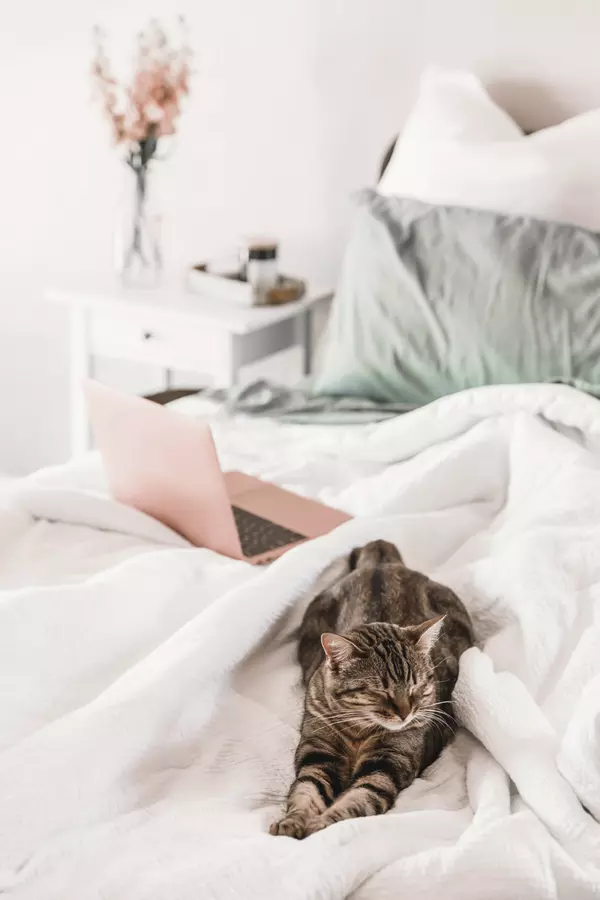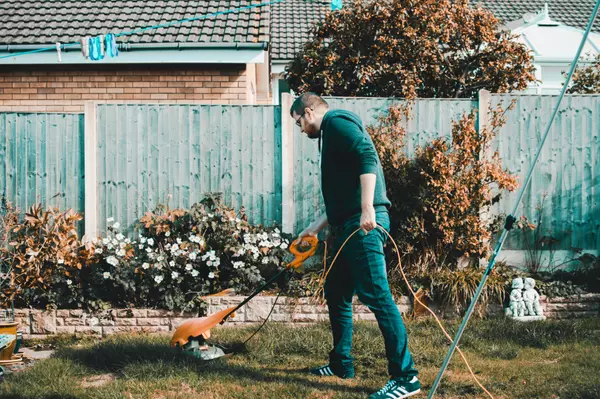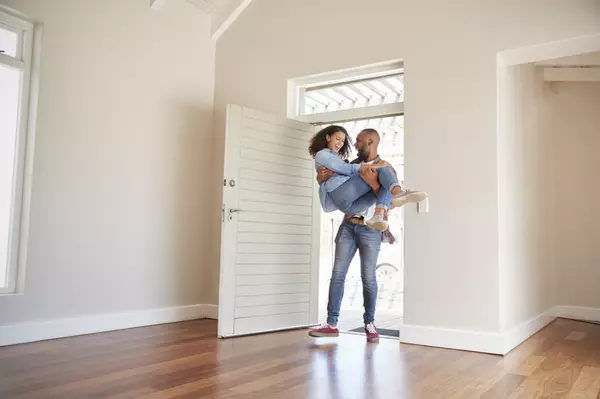
Green Drinks
Whether you’re channeling your inner-Irish, saving the planet, or just plain envious, there are plenty of green cocktails to choose from. St. Patrick’s Day is right around the corner, and we’re here to help you serve up some seriously green drinks. After all, drinking is an essential part of St. Patty’s Day. Let’s start out simple.Perhaps the easiest, yet most Irish, green drink of all time isThe Green Beer. It takes just two ingredients to create this drink, a cold beer and green food coloring. Make it a tall glass to properly complete the festive take on a classic draft. (Works best with light beer, not so much with stouts). Now to get a little more intricate…Mojito Slushie. mint leaves (6) rum (2 oz.) simple syrup (1 oz.) lime juice (1 oz.) ice Blend it all together and pulse until smooth. Make it instagram-worthy by garnishing with a mint sprig and lime wedge. Prefer something a little Fancier?Caramel Apple Martini Vanilla vodka (1 oz.) Sour apple pucker (1 oz.) Butterscotch schnapps (1 oz.) Sour apple ice Rim the glass with caramel to satisfy your sweet tooth! (optional) If you’re ready to get straight to business…take a shot.Green Gummy Bear Shot The classic white gummy bear shot just got cooler. Vodka Melon liqueur Lemon lime soda Be careful though! These shots are known to be dangerous. They’re super sweet and easy to take. And for those non-alcohol drinkers (or for the morning after for those that do…)Detox Green Juice Add to a juicer or a blender: 3 green apples Fresh kale (7 oz.) ½ of an english cucumber fresh spinach (1 cup) ½ of a lemon, juice only Just blend it all together and you’re one step closer to cleansing your body and boosting your immune system. For more information on the benefits of detox juice, click here! Source

Kitchen Trends Through the Decades
Interior design trends come and go with every decade, but the kitchen is where the most notable changes have occurred. Long gone are the days of retro refrigerators and black and white tiled floors. Journey with us through the decades as we take a look back at the most popular kitchen design trends over the past 70 years. 1950’s | 50’s kitchens are often remembered as post-war candy-colored dreams. Styles included bubble and rounded shaped appliances, multi-purpose appliances, linoleum floors, and pastel colored cabinets. Glittery red kitchen chair cushions were seen in many eat-in kitchens, boldly playing off the popular black and white square floor pattern. A notable staple of the 50’s kitchen was the pull-out ironing board cabinet. 1960’s | 60’s kitchens became more casual design-wise, as updated appliances became the focus. This was the decade where dishwashers were first introduced. Eat-in nooks, breakfast bars, and wood cabinets were all the rage. Warmer and richer hues became much more prevalent than the bright colors of the 50’s. 1970’s | The 70’s introduced the microwave which was such a big installation that the design choices of the 60’s remained for most of the 70’s, as the emphasis was on this appliance specifically. Wood cabinets continued and home-owners began matching the wood with wood-paneling, wood furniture, and wood fixtures. Warm browns remained as the overall look of 70’s kitchens, with fun pops of color found in colored-cookware. 1980’s | The 80’s was a turning point for women in society- which had a direct impact on the kitchen design of the era. Prior to the 80’s, many women stayed home and made the kitchen their domain. In the 80’s, women overwhelmingly began working- resulting in the kitchen becoming a place to interact with family at the end of the work day. This was the beginning of the “open floor-plan.” Expansive islands and breakfast bars were implemented providing views into the larger living areas of the home. Perhaps the most recognizable (and now detested) trend of the 80’s was the Euro-style cabinet, a white laminate front with a light-toned wooden band at the top to act as an integrated handle. White and beige began taking over the natural brown hues of the 60’s and 70’s. 1990’s | The white color palette of the 80’s continued into the 90’s but the style shifted from sleek to slabby-chic. Granite was a new material, and quickly became the most popular choice for countertops. 90’s kitchens boasted dark granite countertops to contrast with the white cabinets and appliances. Design choices included: ornate paneling, ceramic tiles with country flourishes, and wood cabinets (either in classic light brown or painted white). One of the most cringe-worthy and iconic trends of the 90’s kitchen is sponge painted walls- a cost effective “stucco.” Themed kitchens were all the rage as well. It wasn’t uncommon to stumble upon apple themed kitchens or grape vine and wine themed kitchens. Oh, and wallpaper, lots of wallpaper. Some homeowners even used wallpaper as their backsplash instead of classic tile. 2000’s | With the rise of HGTV, kitchen design was elevated in the new milliennium. The new aesthetic was industrial with white appliances being replaced by stainless steel. Wood cabinets remained, but were usually stained a darker brown or cherry color. High contrast kitchens became a popular choice, with dark cabinets balancing lighter countertops. Another popular kitchen design from the 2000s was Tuscan style- featuring Italian inspired stucco and an abundance of deep reds and tans. 2010’s | Reclaimed wood floors, subway tile backsplashes, farmhouse sinks, and brass hardware were popular in the 20-teen’s and added a touch of timeless vintage charm. Open cabinetry was often seen instead of classic closed door cabinets. Neutral tones were often deployed, although people favored cooler tones like grays and blues with high-contrast pops of navy. Blue kitchens made a huge splash in the late 2010’s. Stainless steel remained the number one choice for appliances. Low profile gadgets like microwave drawers and under-cabinet lighting grew in popularity. But, the most memorable trend of the 2010’s was the Instagram-worthy kitchen jungle. People really loved their plants in this decade. 2020’s | SOLD by Bob + Tracy Lucido 4010 Chatham Road, Ellicott City MD We’re just barely into the 20’s, but certain kitchen features have already begun to steal the spotlight. Two-tone cabinets are making waves in the interior design industry. Many kitchens boast either different colored top and bottom cabinets, or island cabinets that contrast with the rest. Also very popular is infusing wood into the design of the kitchen- whether it be wood cabinets, shelving, or decor. Double islands, ceiling-high cabinets, and ceiling-high backsplashes behind the hood vent are common design choices for the 2020’s kitchen. As popular as white kitchens have been for the past 30 years, color is taking over. Blue cabinets ruled the late 10’s, but now green cabinets are coming back in style. Instead of the avocado pastel-green we've seen in the past, emerald green is now making a splash. Get ready to see lots of darker colored cabinets, gold and brass appliances, and black metal fixtures. Source

How to Pet Proof Your Home
Pet owners know that animals tend to be too curious for their own good. They will no doubt get into every nook and cranny of your space. Whether you’re buying or building a home for both you and your pets, or planning on adding a furry friend to the family, you need to consider the animals needs to avoid any illness or injury. Plus, you have your own needs for how you like to keep your home. Pets are known to destroy household items and leave their scent and hair everywhere. Luckily, there are things you can do to avoid all of this. A little planning can go a long way to help you streamline your daily routine and keep your pet safe and happy at your home. From toxic foods to mastering stain disasters, follow this guide to pet-proof your home so that you can enjoy the company of your furry friend stress-free for years to come. Paw-Safe Fabrics-Certain fabrics are more animal friendly than others. Look for fabrics that won’t be dramatically affected by wear and tear, such as the dog digging into your couches and/or the cat using your furniture as their own personal scratching post. We recommend Crypton Super Fabric, it’a germ and stain resistant fabric made with pet-owners in mind. You can find furniture made with this fabric at retail stores including: Arhaus, Pottery Barn, and Ethan Allen. Leather and Ultrasuede are also great easy to clean fabric alternatives. Paw-Safe Flooring-Opt for flooring that will be less work for you. Hardwood is always a better choice than carpet for pet-owners. For lightweight animals, any hardwood with a urethane finish should suffice, and for heavier animals, ceramic tile would be best. If you do prefer carpet, choose one that matches your pets fur coat color to help mask their hair. Be sure to ask your retailer for their pet-friendly options before making a final purchase. Clean Pet, Clean House-Taking on an animal is a big responsibility, not only to care for them but also to maintain your home. Remember to regularly clip their nails to minimize scratching, brush them often to minimize loose hair, and bathe them when necessary to avoid muddy prints and lingering smells. Vacuum the carpets, sweep the floors, and use tape on hard surfaces weekly to pick up any hair they may have shed. Stain Disasters-If your flooring and furniture isn’t ideal for pet care, then you’ll need to become a master at stain removal. Handle any accidents promptly because the longer the stain sits, the harder it is to remove. Use natural cleaning products with enzymes that break down stains and odors instead of just masking them. Petscaping Your Yard-Flea and tick prevention is a must if your animals spend any time outdoors, but that isn’t your only concern. You may need to build structures or install an invisible fence to keep your animal within your yard. You’ll also need to be weary of any toxic plants in your landscaping and remove them. All-Fours Inspection-Try to think like your pet to get a sense of what might be dangerous to them. The pros at Purina suggest that the best way to start is by taking "a puppy's eye-view" of things. You have to put yourself in your pet's place—get down on all fours—and take a look around. Watch out for: Electrical Wires- Animals love to chew on anything and everything they can get their teeth on! This can be very problematic when they sink their little teeth into an electrical wire. Electric shock can cause cardiac arrest, burns on the mouth, and affect their breathing. To make sure wires are out of reach, contain them inside walls or use electrical tape to keep any loose wires secure. Toxic Chemicals- Many common household chemicals can be toxic to your pets, effects include: burns, bleeding, blindness, or even death. To properly proof your home, keep these toxic substances locked up in cabinets and/or high enough that your pooch can’t reach them (beware of keeping things up high if you have a cat, they will probably still find a way to reach them). If your animal has already ingested something toxic, do not try to make them vomit on your own. Take them to an emergency veterinary facility and let the professionals handle it. Antifreeze- Antifreeze can cause neurological symptoms and kidney failure when ingested, and unfortunately animals are attracted to it’s sweet taste and smell. Store it high, tightly sealed, and be sure to take care of any spills thoroughly and promptly. Poisonous Plants- You’ll find in your pet-proofing that many of your potted plants need to go. Animals tend to eat flowers and play or dig in the soil. This is all fun and games for your furry friend until they accidentally eat or touch a poisonous plant. Check out these lists of poisonous plants for Cats and for Dogs. We recommend removing these plants from both the interior and exterior of your home, better safe than sorry. You’ll also want to be weary of any chemicals in the soil during lawn treatments. If you’re planning on doing maintenance to your yard, also plan to keep your animals inside until the project is complete. Plastic- Make sure plastic bags, bubble wrap, saran wrap, etc. never get left out where an animal can find it. They can easily choke and suffocate on these items. Heat-Producing Electronics- Be cautious of where your animal is when you are using any electronic or appliance that produces heat. You never know when the cat may jump on the stove, or your puppy may wander right into your lit fireplace. To avoid any burns, always use a fireplace screen. Toxic Foods- Just because you can eat it or drink it, doesn’t mean your fur baby can. Even though they may beg, you have to be cautious of what type of people food you give your pet. Here is a list of food that you should never give your cat or dog. Make sure to store these out of reach. Also, consider how you are storing your animals' food so that it stays fresh as long as possible. Don’t purchase any dog or cat food that already has a tear in the packaging. Hot Tubs/Swimming Pools/Toilet Bowls- Animals can accidentally fall into bodies of water around your home and there is a chance they could drown if they can’t get out. Always keep covers on your pool and hot tub when they aren’t in use. Keep your toilet lid down, especially if you use automatic bowl cleaners, to eliminate risk of poisoning. Keeping the lid down also eliminates a drowning hazard. If you’re looking to buy a new home for you and your four-legged friend, contact us or call 410.465.6900 today! Source
Categories
Recent Posts









